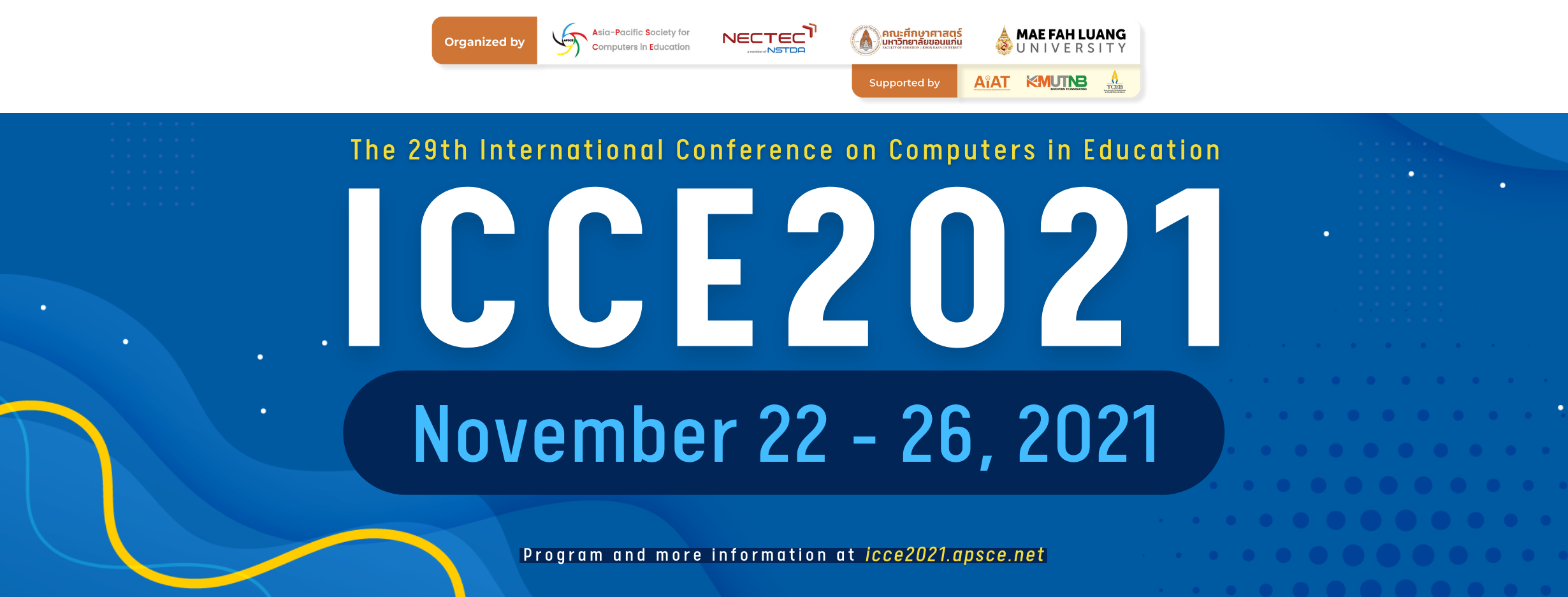Identifying Students’ Stuck Points Using Self-Explanations and Pen Stroke Data in a Mathematics Quiz
Abstract
During the process of learning , students face challenging quizzes that require various knowledge and skills, which results in stuck points. Identifying concepts that cause these stuck points can help identify potential areas of remedial study to overcome the students' difficulties. To achieve the goal of generating a model to identify students’ stuck points in a mathematics quiz, we attempted to discover highly influential features using self -explanations and pen stroke data collected from a digital reading system named BookRoll. Firstly, we created rubrics as a gold standard of stuck points, and attempted to estimate students' correctness of each rubric step based on their self -explanations. Next, we extracted features by processing the behavioral data including the pen stroke data associ ated with the self-explanations. Finally, we divided the data into two groups based on the rubric step correctness, and performed statistical analysis and logistic regression analysis on the extracted features. The results showed that rubric based self -explanation scores significantly differed between the groups, and also the behavioral data such as “operation time” and “operation order” had impacts on identifying the students' stuck points. Future research topics include increasing the number of samples fo r the quiz and developing a model that can identify the stuck points automatically from a predefined knowledge structure.Downloads
Download data is not yet available.
Downloads
Published
2021-11-22
Conference Proceedings Volume
Section
Articles
How to Cite
Identifying Students’ Stuck Points Using Self-Explanations and Pen Stroke Data in a Mathematics Quiz. (2021). International Conference on Computers in Education. https://library.apsce.net/index.php/ICCE/article/view/4287


